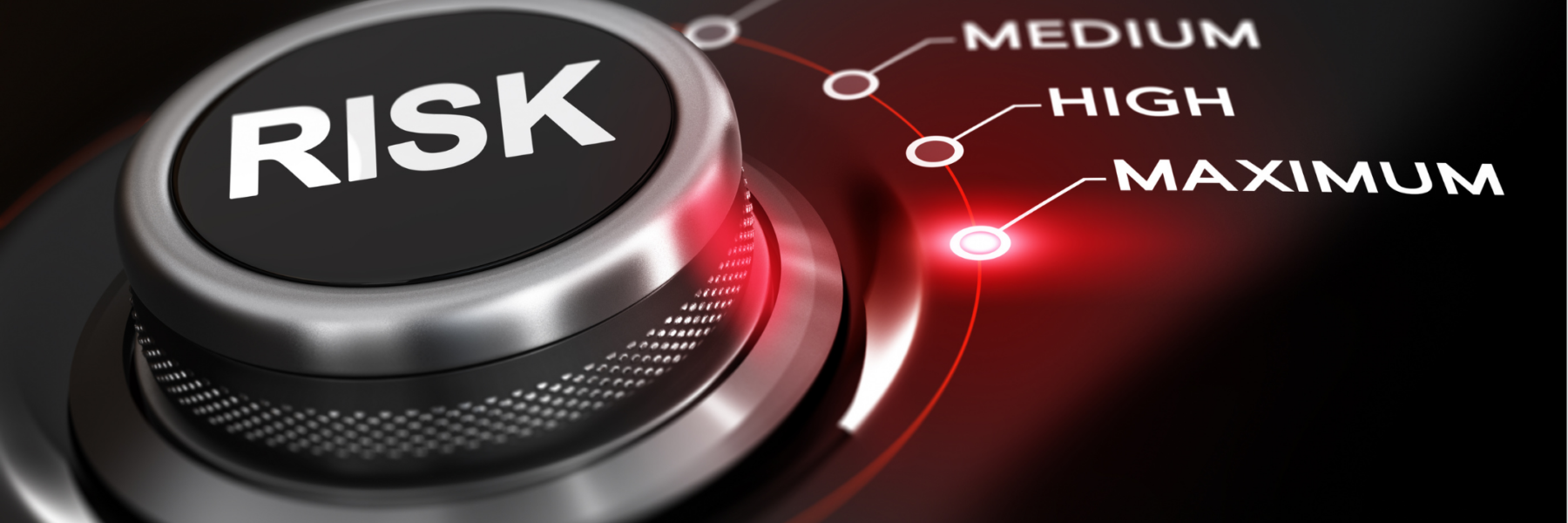Risk assessment is a critical process used across various industries to identify, analyse, and mitigate potential risks. But what is a risk assessment? It is a proactive measure to ensure safety, compliance, and efficiency. This article will provide a comprehensive analysis of the key factors that impact risk assessments, discuss the trade-offs involved in balancing different factors, and explore the challenges associated with different approaches.
A risk assessment is a systematic process of evaluating the potential risks that may be involved in a projected activity or undertaking. It involves identifying hazards, evaluating the risks associated with those hazards, and determining appropriate ways to eliminate or control the hazards.

Risk assessments are crucial for several reasons:

Risk assessments involve balancing several factors, including:
Risk assessments come with several challenges:
Example 1: Construction Industry In the construction industry, risk assessments are crucial for preventing accidents and ensuring worker safety. A typical risk assessment might identify hazards such as working at height, electrical hazards, and heavy machinery. The assessment would evaluate the likelihood and severity of these hazards and recommend controls such as safety harnesses, regular equipment maintenance, and proper training.
Example 2: Healthcare Sector In healthcare, risk assessments are used to prevent the spread of infections and ensure patient safety. This might involve identifying hazards such as contaminated equipment or infectious diseases. Controls could include sterilisation procedures, personal protective equipment (PPE), and staff training.

Risk assessments are a vital component of a comprehensive risk management strategy. They help organisations identify potential hazards, evaluate and prioritise risks, and implement effective controls to mitigate those risks. While challenges and trade-offs exist, following best practices can enhance the effectiveness of risk assessments, ensuring safety, compliance, and operational efficiency.
By understanding and applying the principles of risk assessment, organisations can protect their employees, safeguard their assets, and maintain their reputation. To learn more about effective risk management strategies and how to conduct thorough risk assessments, consider downloading our detailed guide on risk assessments.
Leave a comment below or ask us directly. For more information on our bespoke risk assessments, book a call today!